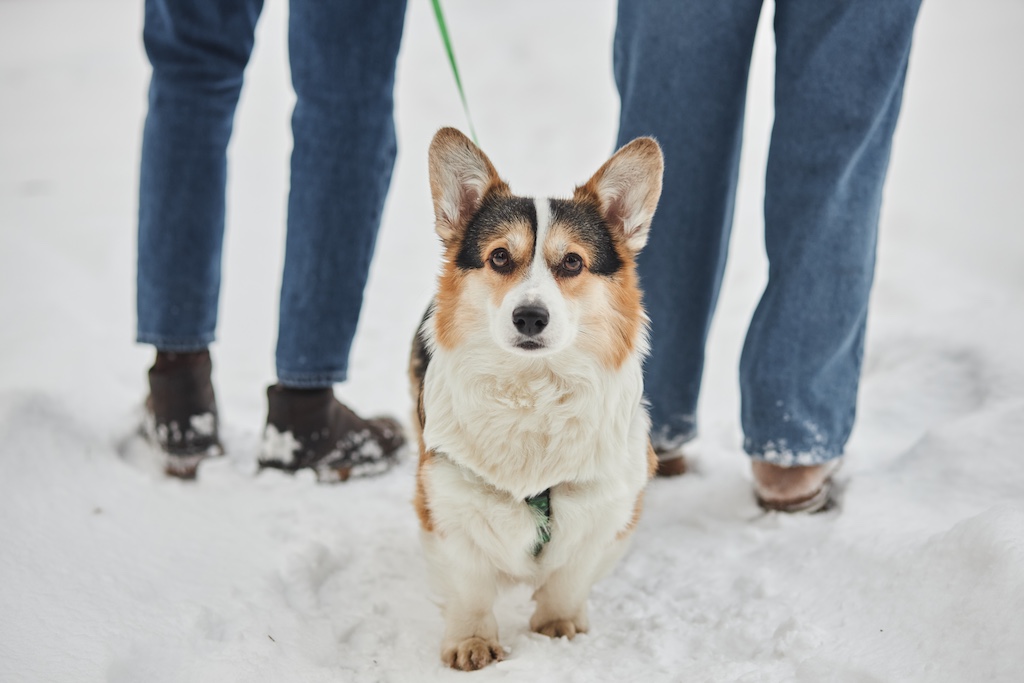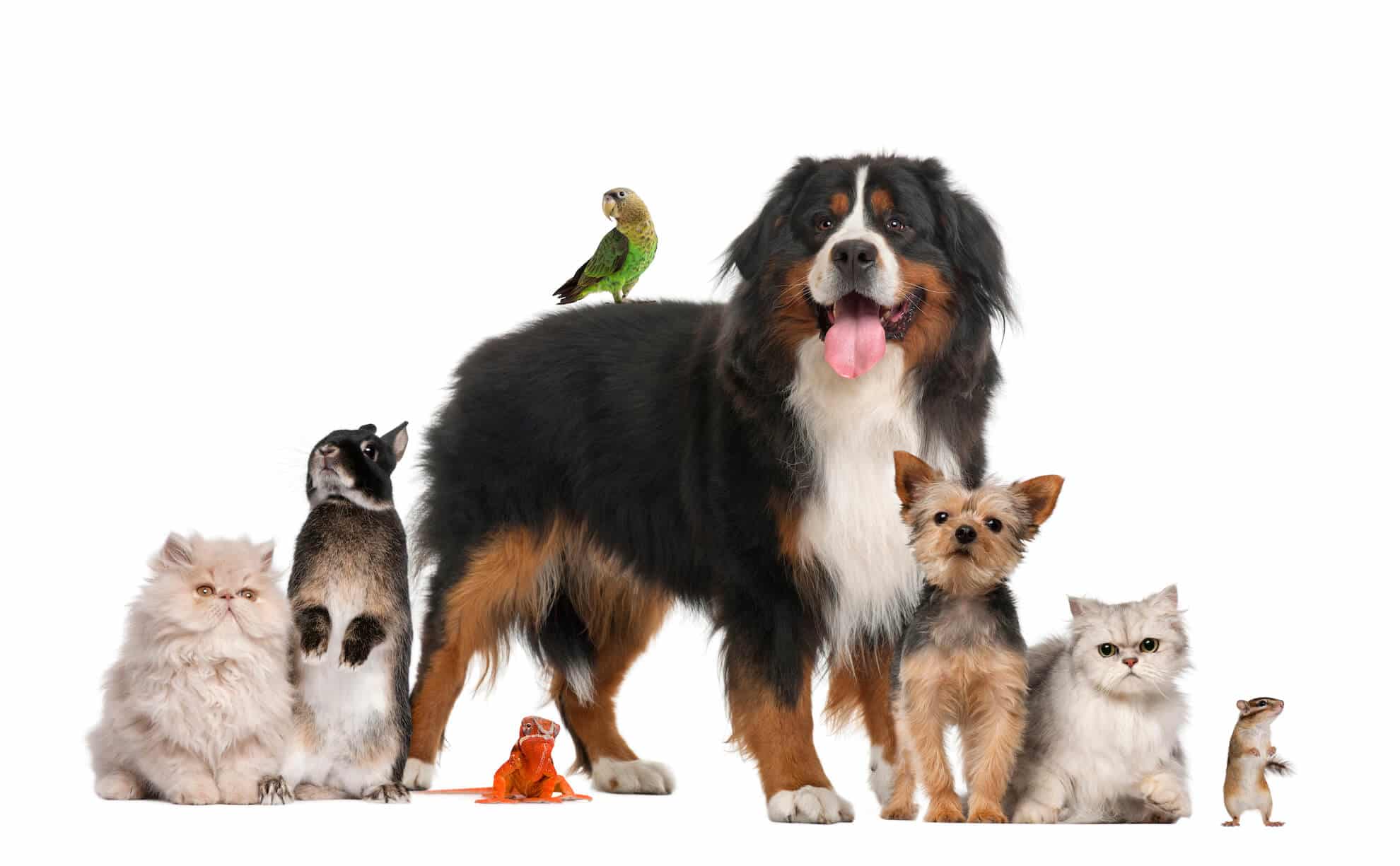
Frosty Paws: Essential Winter Safety Tips for Your Pets
Langley Animal Clinic2025-02-21T01:39:26+00:00Table of Contents
- Understanding the Risks of Cold Weather to Pets
- Essential Winter Safety Gear for Pets
- Indoor Safety Measures
- Outdoor Precautions
- Nutrition and Hydration
- Emergency Preparedness
- Regular Veterinary Care
- Common Myths About Pets in Winter
- FAQ
Understanding the Risks of Cold Weather to Pets
Winter presents certain dangers to pets, requiring awareness and special precautions to keep them safe. Some of the main concerns include:
- Hypothermia: Hypothermia occurs when a pet’s body temperature drops too low. Shivering, lethargy, and weakness are common symptoms, and severe cases may lead to organ failure or even death. Short-haired dogs, small breeds, and senior pets are especially vulnerable.
- Frostbite: Frostbite commonly affects the ears, paws, and tail. Signs of frostbite include pale or greyish skin, swelling, and pain in the affected areas. If you believe your pet is suffering from frostbite, warm them gradually and seek veterinary care.
- Antifreeze and Other Winter Chemicals: Winter chemicals such as antifreeze and de-icing salts are toxic to pets and may prove fatal even if only a small amount is ingested. Spills should be cleaned up immediately and paws should be cleaned after every walk to remove toxic residues.
Essential Winter Safety Gear for Pets
Many pet owners enhance pet cold protection by investing in coats and booties. Short-haired breeds can benefit from a coat, while booties help prevent frostbite and exposure to road salt for all pets. Reflective gear and LED collars offer protection during winter’s decreased visibility.
Indoor Safety Measures
Winter conditions also require adjustments to the indoor environment to help maintain your pet’s comfort. Small and elderly pets may require warmer temperatures, and you may provide thick blankets or a heated pet bed, though heated beds should include an automatic shutoff for safety purposes. As with humans, indoor heating may cause dry skin. Regular brushing to distribute natural oils can help prevent irritation, along with a pet-safe humidifier. If your pet is experiencing static shocks, using a pet-safe anti-static spray or rubbing their fur lightly with a dryer sheet may help.
Outdoor Precautions
Outdoor time should be limited in extremely cold temperatures, especially for small and short-haired pets. Excessive shivering or the frequent lifting of their paws can indicate that is too cold for your pet and they should be brought indoors immediately. To avoid slips and falls, steer clear of icy areas, and be aware that snow can hide dangers such as sharp objects and frozen puddles.
Nutrition and Hydration
To maintain their body heat, some pets may require additional calories during the winter months. Conversely, less active pets may need reduced portions. Your veterinarian can offer dietary recommendations as part of cold-weather pet care. Pets should continue to have access to fresh, unfrozen water, as they can become dehydrated just as easily in winter as in summer. A heated pet water bowl may be a worthwhile investment to prevent freezing.
Emergency Preparedness
Power outages and travel delays can occur during harsh winter conditions, making it essential to have an emergency plan for your pet’s safety. Prepare a pet emergency kit that includes extra food, bottled water, blankets, medications, and a portable heating pad. Your pet’s ID tags and microchip details should be updated regularly in case of separation.
Regular Veterinary Care
Regular checkups are always important, and seasonal health checkups can identify potential health issues in the early stages. This is a good time to ask your vet for winter pet health tips. They can provide guidance on joint supplements for senior pets, skin care products for dry skin, and other important considerations.
Common Myths About Pets in Winter
A common myth is that pets’ fur protects them from extreme cold. Although fur does provide some insulation, it remains vulnerable to freezing temperatures. It’s important to stay informed about winter pet safety tips by reading reliable sources and consulting with your veterinarian.
FAQ
- How Cold is Too Cold for My Pet to Be Outside? Temperatures below 7°C (45°F) may be uncomfortable for small, short-haired, or elderly pets, and all pets should be monitored carefully if temperatures dip below 0°C (32°F).
- What Are the Signs of Hypothermia in Dogs and Cats? Common signs include shivering, lethargy, pale gums, slow breathing, and weakness. If your pet exhibits any of these symptoms, warm it gradually and seek veterinary care.
- Can Pets Wear Sunscreen in Winter? Yes, pet-safe sunscreen can protect pets with light-coloured fur or exposed skin, particularly on sunny days with snow glare.
- How Do I Protect My Pet from Road Salt and Ice Melt? Use pet-safe snow melt on your property. Rinse or wipe your pet’s paws after each walk or invest in booties to prevent irritation and accidental ingestion of harmful chemicals.
- Are Heated Pet Beds Safe to Use? Yes. Just be sure that they have an automatic shut-off and only use them under supervision. You may also consider microwavable heating pads or thick blankets.
Conclusion
Winter can be challenging for pets and pet owners, but the right precautions can keep them safe throughout the season. Recognizing potential risks, investing in protective gear, and maintaining proper indoor and outdoor care ensures your pet’s safety and well-being. For more information or to schedule a winter wellness checkup, visit our contact page, check our pricing, or book an appointment online. For additional tips on pet safety, visit AVMA’s Cold Weather Pet Safety Guide.

